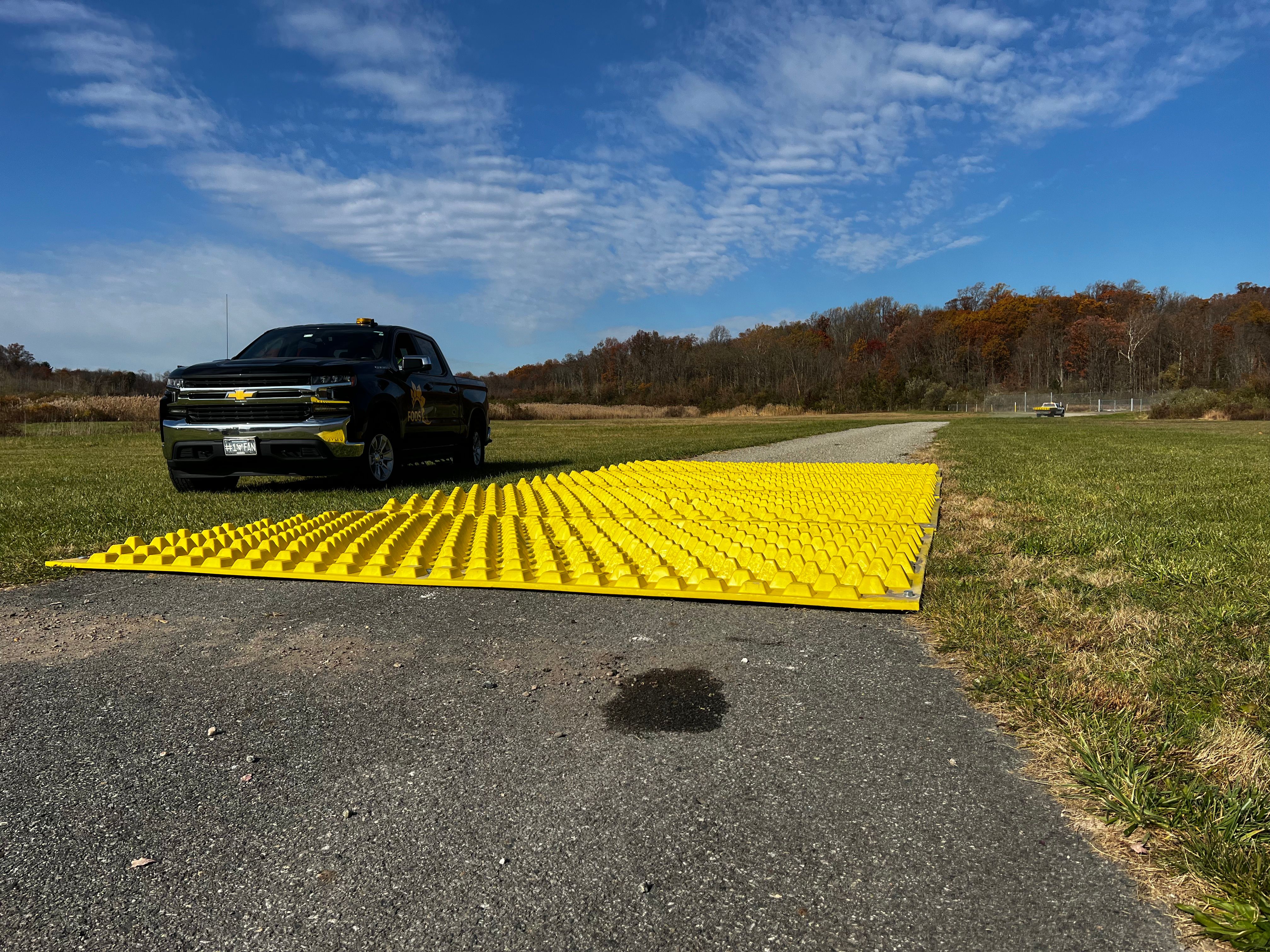Vermont Stabilized Construction Access BMP
Vermont is the only landlocked state in New England, yet two major water systems border it. Lake Champlain, located in the northwest, forms the boundary between Vermont and New York and is one of the largest freshwater lakes in the United States. The Connecticut River creates the natural eastern border of the state. The Champlain Valley contains fertile farmland and is part of the Saint Lawrence River drainage basin, which ultimately conveys water from the Great Lakes region to the Gulf of Saint Lawrence, one of the largest estuaries in the world. A significant portion of Vermont's stormwater drainage flows into the Connecticut River, which ultimately discharges into Long Island Sound.
The Vermont Clean Water Initiative reports that more than $600 million has been invested in clean water projects statewide since 2016. These investments support Vermont clean water regulations, stormwater compliance, ecosystem protection, and long-term economic health.
Vermont Department of Environmental Conservation (DEC) NPDES Stormwater Permits
The Vermont Department of Environmental Conservation (DEC) administers the federal NPDES stormwater program in the state. Construction sites that disturb one acre or more (or are part of a larger common plan) must obtain coverage under the Construction General Permit (CGP 3-9020). To obtain authorization, operators must submit a Notice of Intent (NOI) along with an Erosion Prevention and Sediment Control (EPSC) Plan.
The Vermont Department of Environmental Conservation (DEC) administers the NPDES Permit Program, which includes reviewing applications, issuing permits, and enforcing permit requirements. All operators of construction sites that disturb an area of one acre or more are required to obtain permit coverage. Most construction sites can obtain permit coverage under the Construction General Permit (CGP) 3-9020 by submitting a Notice of Intent (NOI) along with an Erosion Prevention and Sediment Control (EPSC) Plan.
An EPSC Plan identifies disturbed areas, potential pollution sources, and the BMPs that will be used to prevent sedimentation and control runoff. Sedimentation is the most common pollutant of concern on construction sites, and EPSC Plans typically include BMPs such as silt fences, sediment basins, rolled erosion control products (RECPs), and stabilized construction entrances.
Stabilized Construction Access BMP
Site entrances and exits receive high volumes of vehicle traffic, which can track sediment onto roadways and wash into storm drains. To prevent this sedimentation, a Stabilized Construction Access is installed to remove mud and sediment from vehicle tires before they exit the job site. A Stabilized Construction Access is usually one of the first practices an operator implements before other construction activities.
Construction access stabilizes access points and removes the majority of sediment from vehicle tires. The construction entrance must be appropriately maintained to remain effective. Depending on expected traffic volume, multiple or alternative BMPs may be used to stabilize the entrance. In addition to stabilizing entrances, operators use street sweeping and vacuuming to recover sediment that has been tracked out of the job site. A Stabilized Construction Access (sometimes referred to as a stabilized construction entrance in Vermont regulations) is usually one of the first BMPs installed on a project.
Stabilized Rock Construction Exit BMP
The Vermont Standards and Specifications for Erosion Prevention and Sediment Control include details on an aggregate-stabilized pad, which is commonly used to stabilize construction site entrances.
The standards include considerations to ensure the entrance adequately prevents track out. In some cases, an aggregate pad may not be sufficient to remove the majority of the sediment. In these cases, supplemental or alternative BMPs may be used to remove mud from vehicle tires.
Wheel Wash Station BMp
The Standards mention a wheel wash station, which can be installed when additional cleaning is required. A wheel wash station consists of a wash rack laid over a raised structure or a gravel bed. Tires are washed either manually or using an automated system while vehicles are over the wash rack. When using a wash rack, all drainage must be intercepted and drained into a sediment trap or basin to prevent runoff from flowing off-site. Wheel wash stations in Vermont are commonly used on sites with clay soils, steep slopes, or high truck volumes to reduce sediment tracking.
FODS Trackout Control System
The FODS Trackout Control System is an effective system for containing site trackout, which uses mechanical action on vehicle tires to remove debris. The modular system consists of a series of 12' x 7' HDPE matting, which is formed into pyramid-shaped structures on the surface. The pyramids deform and flex vehicle tires in multiple directions to dislodge sediment, rocks, and debris that is lodged between tire treads. FODS can be installed over existing substrates, including dirt, concrete, and asphalt.
The FODS Construction Entrance Mats are designed to be reused across multiple projects over the expected 10+ year service life. The mats can be easily relocated, significantly reducing costs on phased projects and across various projects. Installation, maintenance, and removal can be completed without the heavy equipment, and a standard installation can be completed in under 30 minutes.
The 3"- tall pyramids can hold up to 2.5" of sediment, as the tires only contact the tips of the pyramids. When maintenance is required, a street sweeper or a skid steer equipped with a broom attachment can be used to brush away sediment and restore performance. Manual cleaning can be completed with a FODS Shovel, which is designed to fit between rows of pyramids. Contractors can integrate maintenance during regular street sweeping to ensure the entrance is always compliant with permit requirements.
The FODS system is more effective than traditional Rock Construction exits and has been shown to reduce street sweeping by 59% in high-traffic-volume applications. Because the system is highly effective, FODS are commonly specified at 50% of the length of a stone-stabilized tracking pad to provide equal performance. Because no materials are consumed during the project's life, FODS enables contractors to reduce costs on each project where the mats are used. The system is frequently used for trackout control in Vermont due to its effectiveness at lowering sediment tracking on high-volume construction sites.Additional Resources
Vermont DEC Construction Stormwater Discharge Permits
Vermont Standards and Specifications for Erosion Prevention and Sediment Control
Vermont Standards Excerpt - Part 5 - Stabilized Construction Access

